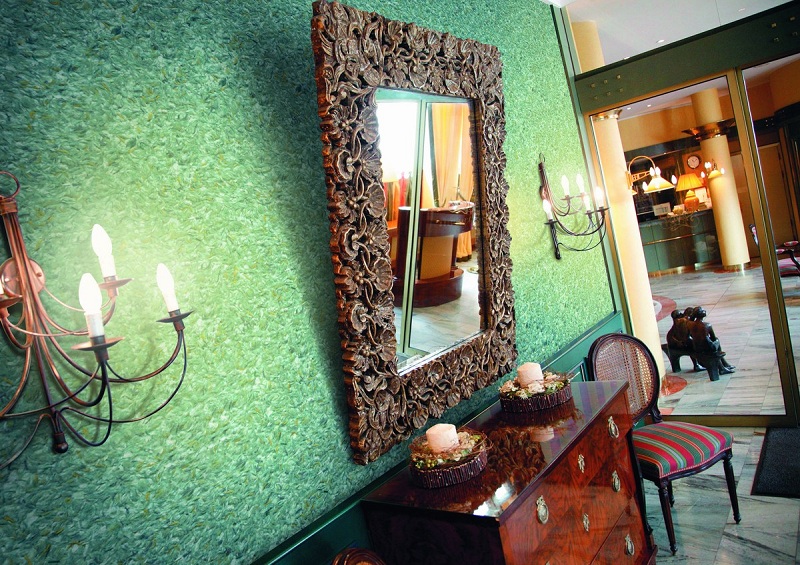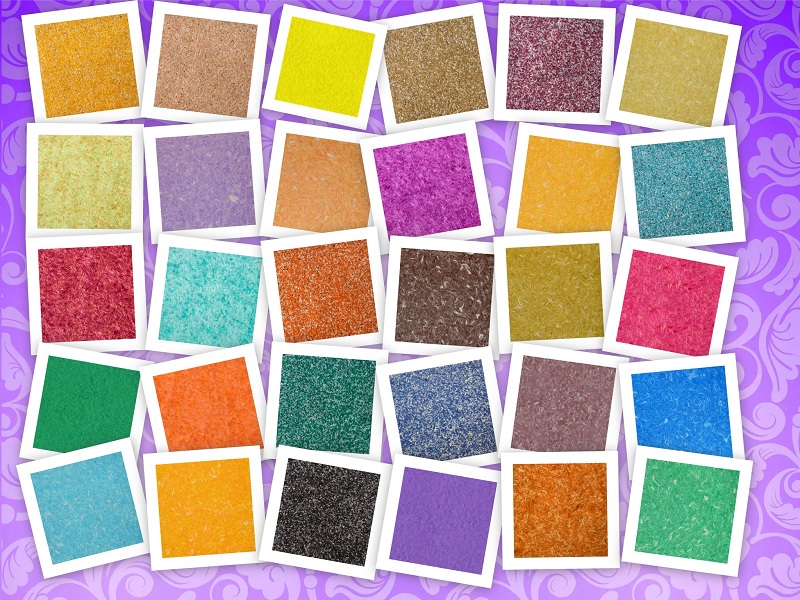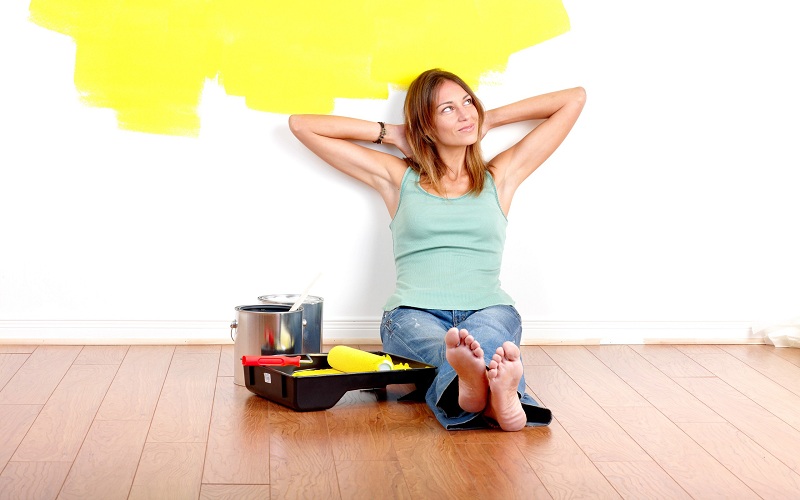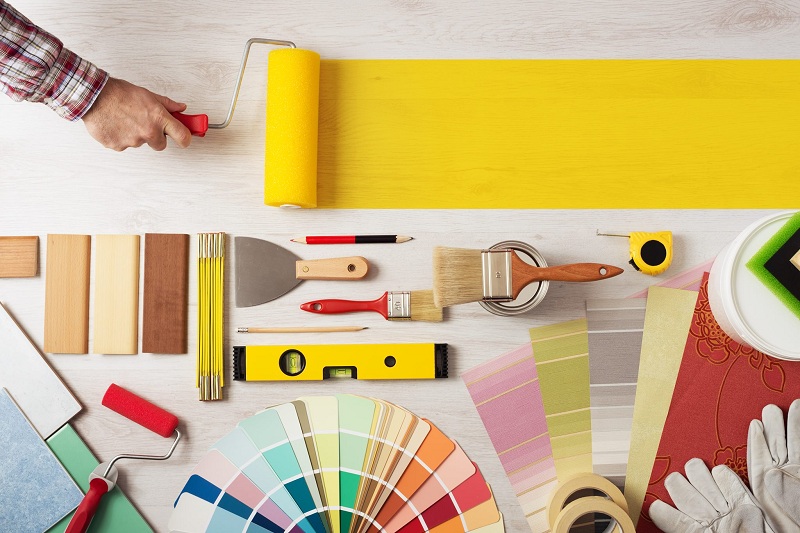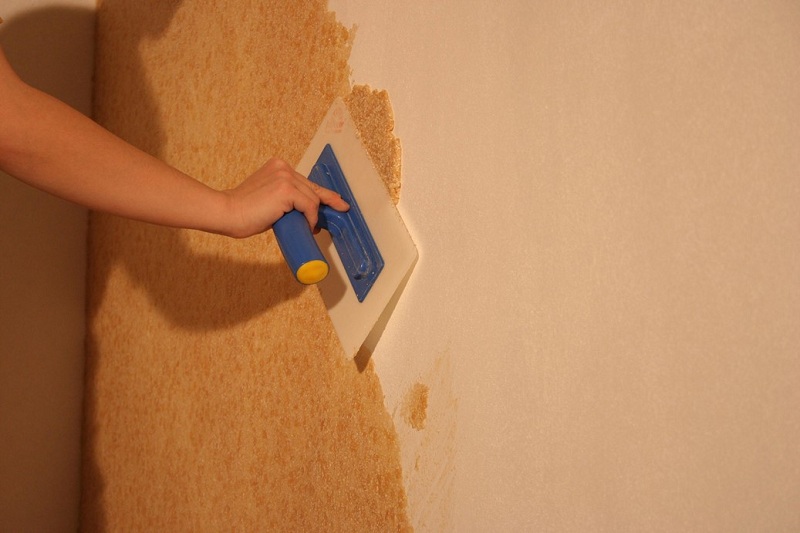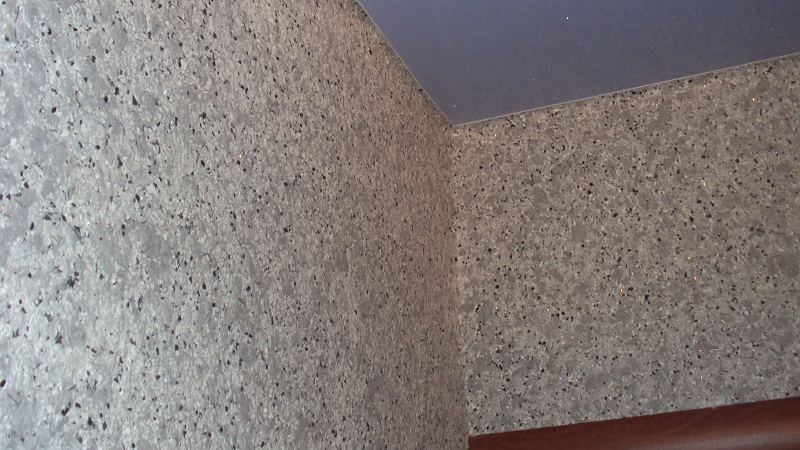Modern building materials offer a wide range of possibilities for finishing walls. Liquid wallpaper, which successfully combined the properties of decorative plaster, paintwork and conventionally rolled wallpaper became a worthy alternative to paint or paper. The popularity of the product is explained not only by the amazing appearance of the finish but also by its high wear resistance, ease of care and application.
How to apply liquid wallpaper at home? Professionals reveal all the secrets!
Advantages and disadvantages of liquid wallpaper
Liquid wallpaper – decorative plaster with a cellulose base, having a lot of colors and design solutions. What are the advantages of finishing for walls?
Ease of use
Enough to learn the rules of applying the material and get to work. It is important to remember about some specific characteristics of the wallpaper, namely:
- moisture resistance, indifference to temperature changes – they can be applied to walls in residential, heated, ventilated rooms, without worrying about climatic conditions;
- resistance to external influences – wallpaper does not fade, does not emit odors, act as an excellent heat insulator;
- Ease of care, which is especially important for families with small children – the damaged area of the coating can be carefully cut with a knife, softened with water and applied to its original place.
Attention! The operating time of liquid wallpaper is 8-10 years.
Ecological purity
The components that make up the material are environmentally friendly and harmless to human health. Wallpaper eliminates the formation of mold and fungus on the wall
Another important point – the high antistatic properties of the product – eliminating the accumulation of dust on the wall surface, the wallpaper is ideal for people suffering from allergic reactions.
Worthy aesthetics
Liquid wallpaper for the walls offers a rich color palette. The elasticity of the material allows you to handle rooms with a large number of angles, transitions, projections.
It is possible to apply the material both in pure form and with the addition of decorative elements – granite chips, glitter, and nacre.
Are there any downsides? You cannot keep silent about the shortcomings of the material, manifested in:
- The relatively long drying time of the coating (2-3 days).
- The propensity to deformation under strong mechanical stress.
- High price for building material.
Remember! An important point of the housing issue – the correct application of liquid wallpaper on the wall. The surface must be prepared, the toolkit is pre-selected, and the gluing technology is strictly followed.
How to apply liquid wallpaper: preparing the walls
The quality and operational timing of the finish coating depends on the thoroughness of the preparation of the working surface. You can process the wall yourself, starting from the type of material:
- Concrete, cement, clay, and drywall – these surfaces need to be covered with acrylic primer, and then prodded with a starting putty. After waiting for the top layer to dry, process the wall again with a primer.
- Wooden and metal bases require opening with alkyd enamel and only after that – applying liquid wallpaper.
Remember! To achieve the intended result and the desired shade, the wall surface must be white!
Important points when preparing the wall:
- remove the old wallpaper from the surface, wash the whitewash;
- It is not worth spending time on the perfect smoothing of the working area – within the limits of irregularities of about 1-1.5 mm, the wallpaper will hide existing roughness;
- Before applying the material, the surface must be dry and clean.
Is the wall ready? Moving on, independently mastering the technique of applying liquid wallpaper!
The method of preparation of a mixture of liquid wallpaper
As a rule, liquid wallpaper sold to the final buyer in standard packages. Visually, the composition resembles colored chips and contains all the necessary elements for decorative finishing.
Preparation of material for use is carried out according to the scheme: the composition is diluted with warm water (about 40-50 degrees), mixed by hand, brought to a sour cream consistency. Stir the mix without haste with your hands – mixing too vigorously or using mixers can damage the color fractions.
Attention! The amount of water needed to create a solution is indicated on the packaging of the material!
Cover the mixture with a lid or foil, preventing moisture evaporation, leave for 10-12 hours.
Soaked wallpaper can be stored no more than 5 days, and immediately before use, it is recommended to mix the composition again.
Applying a do-it-yourself coating technique
The technique of applying liquid wallpaper is not much different from the process of filler. The following tools are involved in repair work:
- spatula from 18 to 80 cm;
- plastic or metal grater;
- Whenever possible spray gun.
After cleaning the wall and kneading the solution, proceed to step-by-step actions:
- Type the mixture with your hands or a spatula, rubbing the wallpaper on the wall. The thickness of the resulting layer should be 2-3 mm (it is better to check the instructions – some types of materials require a thicker / thin layer). Glue the consistency in small areas.
- Having filled 1 sq.m., level the surface with a float dipped in water, getting rid of furrows and lumps.
- Making reciprocating, move on. A large role here is played by the force of pressing the tool and the direction given to the spatula. For best results, lay the wallpaper in short portions, leveling the material in different directions. In the corner areas move the spatula “from the corner”, then – in the right direction.
- Having filled the entire workspace, again run around the wall with a float, smoothing out the irregularities.
After completion of the work, it is necessary to ventilate the room well, which contributes to the evaporation of excess moisture from the surface of the solution. In cold and damp rooms it is recommended to use heating devices, directing the air flow on the painted wall.
The drying time of the coating is 12-72 hours, varying depending on the specific composition and thickness of the applied layer.
How to care for liquid wallpaper?
The material repels dust, dirt and is resistant to fungus, mold does not require special care. It is enough to walk on the wall with a conventional vacuum cleaner or a slightly dampened sponge.
In the case when the surface is heavily stained, locally soften the selected area with water, removes the top layer of wallpaper, applying clean material to the place of the removed fragment (pre-dried residues of the composition can be used).


